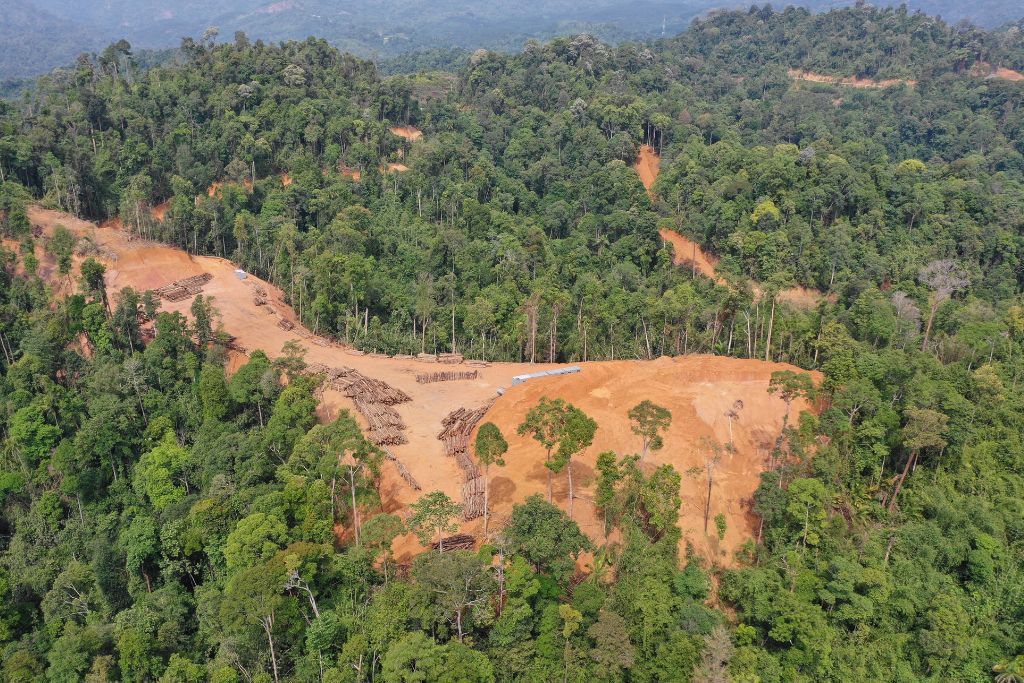At COP26 last year, 145 countries committed to ending global deforestation by 2030. However, current data suggest that the target will be missed without urgent action.
—
Despite slower forest destruction rates throughout 2021, the vital goal set out by the Deforestation Pledge to end and reverse global deforestation by the end of the decade will be missed without urgent action, according to the recently published Forest Declaration Assessment.
More than 100 world leaders, representing 85% of the world’s forests, signed the Global Deforestation Pledge at the UN climate conference COP26 that took place in Glasgow last year. They collectively agreed to invest US$19.2 billion worth of private and public funds in projects aimed at halting global deforestation, one of the most pressing environmental issues of our lifetime. Yet, funding for forests “will need to dramatically increase – by up to 200 times – to meet 2030 goals” – the assessment suggested.
You might also like: 10 Deforestation Facts You Should Know About
Forests play a crucial role in combating climate change and losing them would further exacerbate the climate crisis. Referred to as the “green lungs” of our planet, major forests act as carbon sinks.; they absorb and store carbon dioxide from the atmosphere, contributing significantly to a reduction in global greenhouse gas emissions. But forests are also home to hundreds of thousands of plant and animal species, meaning that deforestation poses a huge threat to the world’s biodiversity.
Reaching the global deforestation pledge goal – a necessary step to limit global warming to 1.5C above pre-industrial levels – would require stopping forest loss and degradation completely as well as restoring approximately 350 million hectares of forest landscape. In order to reach the goal by the set target year of 2030, a 10% annual deforestation reduction is needed, the assessment found.
Despite some progress was made in 2021, global deforestation rates declined “only modestly”, by around 6.3% compared to the 2018-20 baseline. In the tropics, home to some of the world’s largest rainforests, forest loss decreased by only 3.1%.
You might also like: How Does Cocoa Farming Cause Deforestation?
Countries including Indonesia and Malaysia in Asia as well as the Ivory Coast and Ghana in Africa made “exceptional progress”, showing that the 2030 goal is still possible. Yet, in four of the top five countries with the largest areas of deforestation – Brazil, the Democratic Republic of the Congo (DRC), Bolivia, and Paraguay, forest loss rates increased further. Meanwhile,
According to data published this month, deforestation in the Amazon rainforest reached record highs in September, with a total coverage loss of 1,455 square kilometres (562 square miles), marking a staggering 48% increase from just a year ago and more than the current record, which was hit in September 2019. Since January 2022, researchers found, an area 11 times the size of New York City was cleared.
The Amazon is the world’s largest rainforest, making up half of the planet’s tropical forests. It is also one of the most biologically diverse ecosystems and is home to about three million species of plants and animals, as well as one million indigenous people. Despite efforts to protect forest land, legal deforestation is still rampant, and about one-third of global tropical deforestation occurs in Brazil’s Amazon forest, amounting to 1.5 million hectares each year.
You might also like: 13 Biggest Environmental Problems Of 2022


















